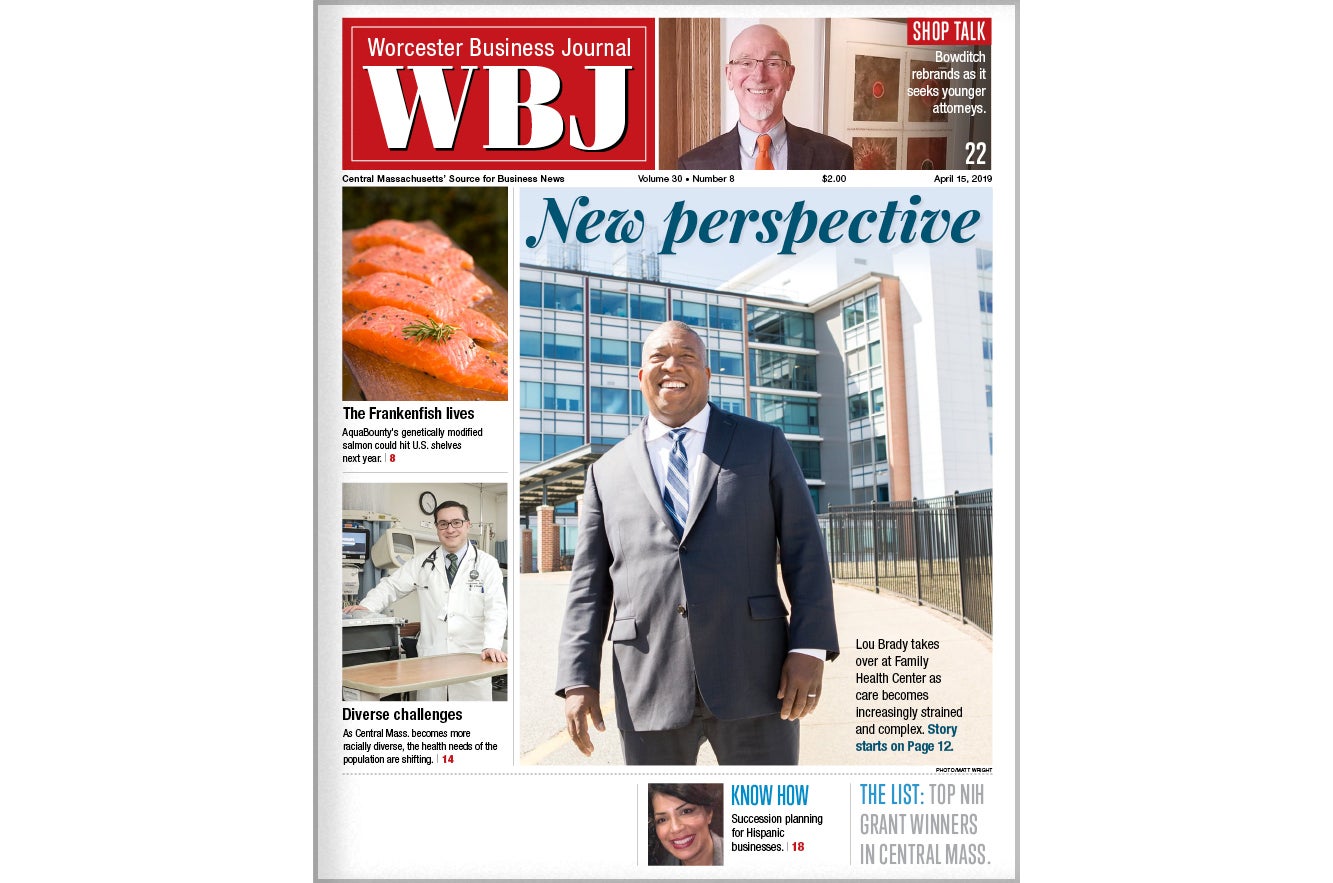Long View Shows Growth For Region
The number of I-495-MetroWest area residents out of work in January of this year was the highest it's been since 1992, at 18,432. That fact clearly has a lot to do with the recession that's pummeled the state, nation and world, but it also reflects a dramatic increase in the total number of people in the region's work force.
In general, a new report by the MetroWest Economic Research Center, based at Framingham State College, demonstrates that, while the I-495/MetroWest region is subject to the same forces as the rest of the state, it's continuing on its trajectory to become a bigger and bigger economic player.
The area, which comprises 32 communities from Littleton in the north to Foxborough in the south, and from Shrewsbury in the west to Natick in the east, had an unemployment rate of 7.5 percent in July 2009, according to MERC co-director Maureen Dunne. That's compared with 8.8 percent for Massachusetts as a whole and 9.4 percent for the nation. Since 1992, the rate has consistently stayed lower than the state or country's.
But Dunne noted that the July number still means about 22,000 people in the region were out of work.
"You have to be very careful when you say we're better than the state," she said.
I-495/MetroWest has historically been a net exporter of labor, with more residents in the labor force than jobs. But it's been narrowing that gap more or less consistently for years, and in 2007 it came close to closing it, with 289,199 jobs and 289,521 potential workers. That's a difference of just 322 compared to 44,827 in 1991.
Dunne said the ratio of local workers to local jobs has fallen as bedroom communities providing labor to Greater Boston transformed into economic centers in their own right.
In 2007, the area accounted for 8.9 percent of employment in the state and 9.9 percent of payroll dollars. Yet compensation for area workers has stagnated since the turn of the millennium. After rising almost 60 percent between 1980 and 2000, real wages in the region actually fell by 1.9 percent between 2000 and 2007.
The largest contributors to payroll in the area were the manufacturing and professional and business services supersectors. Together those industries accounted for half of total pay, despite employing just over a third of workers.
The average annual wage for the region in 2007 was $61,300, compared with $55,300 for the state as a whole. The contrast was especially pronounced in manufacturing jobs, which paid an average of $97,000 in the area, but just $69,600 in the state.
Dunne said that reflects the fact that much of the work in the region's manufacturing sector is actually research and development for high-tech sectors like biotechnology and defense.
"It's not traditional line manufacturing," she said. "The jobs have expectations of very high education levels and very high skill levels."








0 Comments